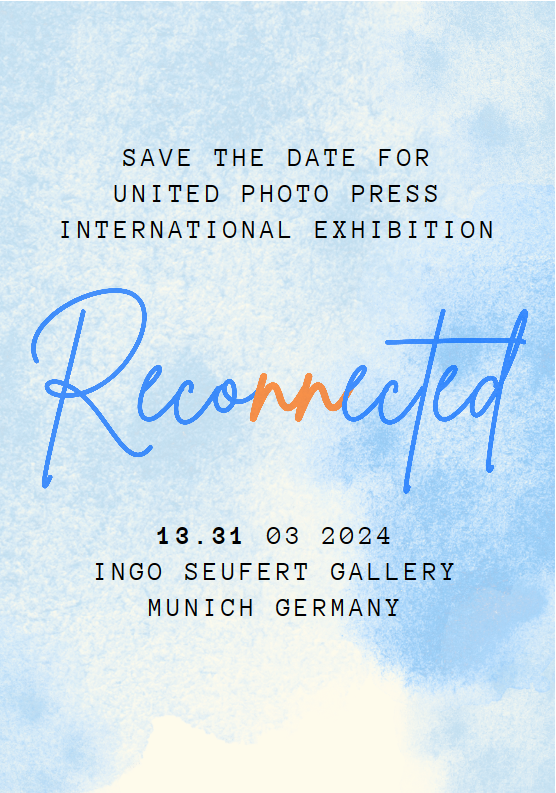“When you shoot, every picture is the same to you, and the prize picture is born in the imagination of the editors and the public who see them.”
So said Robert Capa in 1947 in a long-lost recording of his only known radio interview.
It has recently been published by the International Center of Photography in New York, to celebrate the 100th anniversary of the birth of the Hungarian photojournalist.
Capa, who was born Endre Friedmann on October 22 1913 in Budapest, lived for only 40 years and has been dead for 60 more.
Yet the public, as well as researchers, still regard him one of the greatest photojournalists of all time.
He was a brave, and often reckless, war photographer, taking pictures of five wars in total: the Spanish Civil War; the Second Sino-Japanese War; World War II across Europe; the 1948 Arab-Israeli War; and the First Indochina War.
He died during the fifth, in the battle fields of Indochina in 1954.
Károly Kincses is a photo-museologist at the Hungarian House of Photography and also the most prolific Hungarian researcher of Capa’s work. He described Capa’s beginnings as a photographer:
“He gave his all to be the greatest. However, his pictures didn’t make him the greatest, it was his enchanting personality. His image was born here, in the very heart of Budapest. But, in our eyes he became too streetwise and we disliked that. These were the qualities he took away with him when he left. He couldn’t even take photographs at first. Although he learnt the methods of (famous Hungarian phototgrapher and teacher) József Pécsi, he only wanted to chase the girls.”
Capa wasn’t yet 18 when he left his homeland and started his journey. He studied the technical side of photography in Berlin, but it was really his bravery and sensitivity, which made him big.
His 70,000 negatives are held in the International Center of Photography (ICP) in New York. From those, 937 pieces were selected, becoming known as the Master Selection. From this, three series’ of pictures were developed, one of which is owned by the Hungarian National Museum.
The centennial exhibition in Budapest shows the different faces of Robert Capa: the photojournalist who took pictures of heroes while being considered a hero himself; the emigrant who was chased by life and driven by ventures; and the gambler who was fond of playing and was not afraid of taking risks.
“The visitors are gamblers too,” said Éva Fisli, the curator of the exhibition. “They have to accept the fact that here they will not only see good pictures in nice frames, but also a series of exciting installations, which give the little details and fragments needed to make one’s own jigsaw puzzle of Capa… well, as close as one can get to a clear picture of ‘photojournalism’.”
Capa was the first photographer on scene for the Second World War D-Day landings in Normandy, on June 6 1944.
One photo shows an American soldier, who was shot a mere three metres away from him in Leipzig in April 1945. Capa was following the events and taking pictures, while his fellow-soldiers were fighting.
After the war, Capa founded the Magnum Photo Agency with four freelance photographer colleagues in Paris. This was the first cooperative agency for freelance photographers worldwide.
In the centennial exhibition, we can also see the final edit of his pictures in the American magazine LIFE.
Capa’s centenary will see the opening of the Robert Capa Contemporary Photographic Centre in Budapest, on December 2 2013. It will serve as an exhibition space, a cultural centre, and a social centre for professionals.
Managing director, Orsolya Kőrösi, explained to euronews the goals of the Capa Centre: “Our main goal is to establish an institution. We’d like to open exhibitions and start professional and educational programmes, to place ourselves on the cultural map of Europe.”
With the motto “If your photographs aren’t good enough, you aren’t close enough,” Capa became famous for redefining wartime photojournalism.
He went as close as possible to everything and everybody. This strategy enabled him to take pictures of the likes of Leon Trotsky and Charles de Gaulle.
On a personal level, his ‘enchanting personality’ led him to be close friends with the author John Steinbeck, and the lover of the award-winning actress, Ingrid Bergman.
The Robert Capa centenary exhibition runs in Budapest until January 12, 2014.





